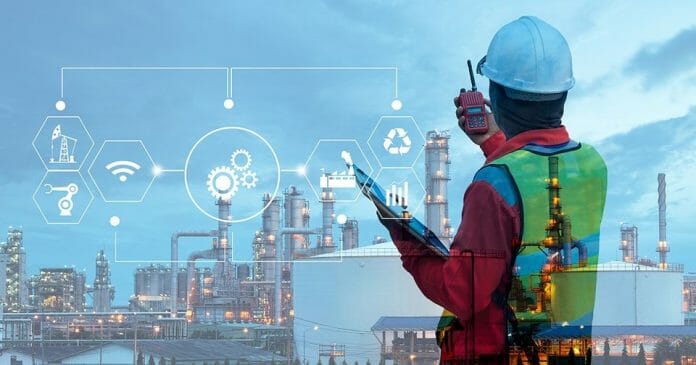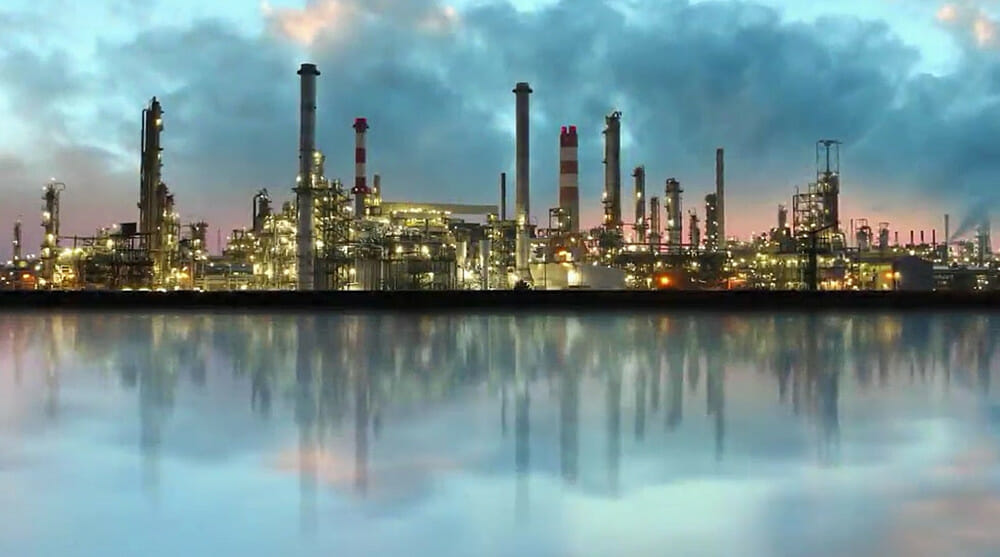Under the Paris Agreement 2015, Malaysia aims to reduce 45% of its greenhouse gas (GHG) emissions by 2030.
Malaysia can play a significant role in hydrogen economy as the world’s fourth largest exporter of natural gas.
Hydrogen economy is an economy that relies on hydrogen as carbon-free commercial fuel to meet the world’s energy needs. Hydrogen could replace conventional fuels such as diesel and petrol which cause environmental pollution. Unlike solar and wind power, hydrogen does not have the problem with space and location accessibility.
According to a study by Princeton University’s carbon mitigation expert Robert Socolow, 56% of companies are planning a move into Green Hydrogen, 49% are into Blue Hydrogen, while 25% are in the established Gray Hydrogen approach.
To recap, the Green Hydrogen approach is largely hydrogen synthesis with electrolysis fuelled exclusively by renewable energy. While the Blue Hydrogen approach is hydrogen from known reforming processes with retrofitted carbon capture of flue gases. The key difference between grey blue and green hydrogen is that grey hydrogen is the hydrogen gas produced using fossil fuels, and blue hydrogen is the hydrogen gas that is produced using non-renewable energy whereas green hydrogen is hydrogen gas that is produced using renewable energy.
PETRONAS in Malaysia and Reliance Natural Resources in Asia are pursuing both Green and Blue Hydrogen initiatives. China has announced its intention to vigorously invest in Green Hydrogen. Countries like Korea and Australia are adopting Blue approach, same goes to Europe as the regulators are pushing for a Blue approach.
Industry players in Malaysia can utilize new digital technologies in embracing hydrogen economy as a sustainable energy transition towards a lower carbon future as a measure to maximise hydrogen investments.
“Achieving energy transition leadership in industrial scale hydrogen production and carbon capture technologies require unmatched levels of innovation, creativity, agility, and execution. Due to the complexity in energy transition, it is necessary to balance a myriad of objectives across a company’s assets, while taking a data-based and quantitative approach. Digitalization and Industrial AI will be critical to this balancing act to help reduce risk, while improving uptime, safety and reliability,” said Ron Beck, Senior Director Industry Marketing of AspenTech.










